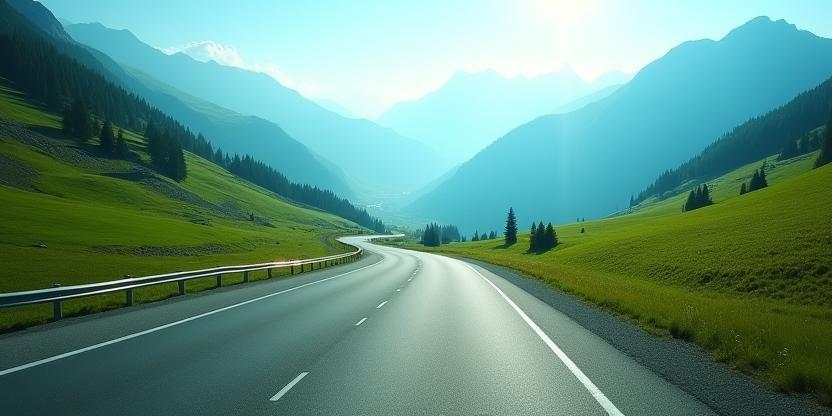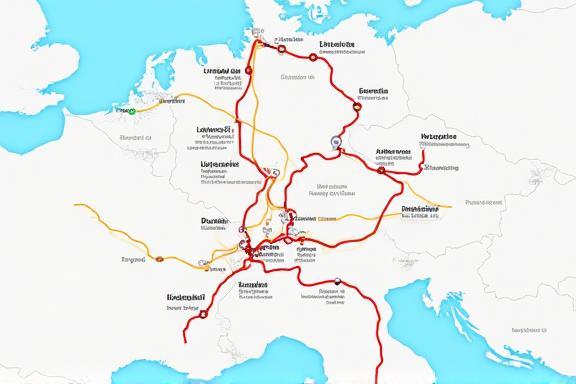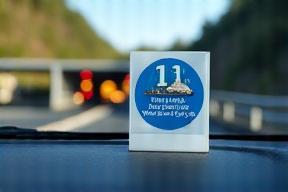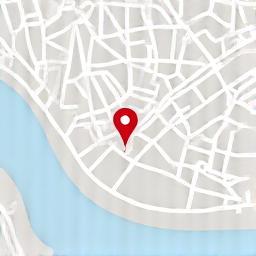About ostolic.info
Ostolic.info was founded in the heart of Austria by a group of avid travelers and transport professionals who saw a need for clear, practical information about Austria’s extensive road network. Since our inception, we’ve made it our mission to guide visitors through the sometimes complex maze of local driving laws, tolls, and the famous Austrian vignette system. From the bustling streets of Vienna to the tranquil Alpine valleys, our team has explored every corner of the country to bring you up-to-date insights.
Our background in both journalism and logistics means we’re uniquely equipped to translate regulations and local procedures into straightforward tips for foreign drivers. We strive for accuracy by collaborating closely with Austrian road authorities, partnering with travel experts, and even engaging feedback from real roadtrippers.
At ostolic.info, transparency is non-negotiable. We present unbiased comparisons, highlight real hidden costs, and never accept sponsorships that would compromise our independence. Our unbiased status enables us to negotiate exclusive deals—like digital vignette discounts—providing extra value and savings to our readers.
Our website is designed to be your one-stop shop for all pre-travel research. Whether you need answers about toll tunnels, tips for winter mountain driving, or help deciphering traffic signs, we have you covered. We offer content in clear English, prioritizing information relevant for international tourists.
Every guide, article, and FAQ on ostolic.info is carefully researched. We update our resources frequently to reflect legal and seasonal changes, and we’re always on the lookout for feedback from you—the travelers using the Austrian roads in real life.
Our team’s local roots mean we’re plugged into the latest updates, from unexpected tunnel closures to newly implemented speed cameras. We believe in the power of knowledge to make journeys safer, more enjoyable, and often more affordable.
Beyond factual reports, we bring a spirit of hospitality inspired by Austrian traditions. We hope to reflect the welcoming atmosphere you’ll find throughout Austria, whether you’re sampling schnitzel in Vienna or winding through Tyrolean passes.
Looking to travel on a budget? We break down how to save on vignettes, avoid unnecessary fines, and take advantage of seasonal promotions. Interested in the scenic route? Our curated itineraries showcase legendary drives, must-see vistas, and local gastronomic stops.
For us, safety comes first. We stress the importance of proper vehicle preparation—especially in winter, when sudden snowfalls can disrupt plans. We remind travelers to plan for sudden mountain pass closures, pack essential items, and keep emergency contacts handy.
As Austria’s regulations evolve, so do we. Our digital guides cover new payment options, digital vignette updates, and eco-friendly transport trends. We are dedicated to celebrating sustainable travel without compromise.
Whether you’re driving a rental or your own car, crossing from Germany, or embarking on a pan-European road trip, ostolic.info gives you the tools you need. No question is too small, and we encourage you to reach out with your inquiries.
We are passionate advocates for responsible tourism, aiming to ensure every journey is safe, smart, and stress-free—for you and for Austria’s beautiful environment.
Our editorial independence, commitment to accuracy, and user-first approach have made us Austria’s go-to travel resource for overlanders and day-trippers alike.
At ostolic.info, each traveler’s feedback matters. We use your stories to improve our guides and expand our recommendations, building a genuinely helpful, friendly community.
Ultimately, our goal is simple: to empower every visitor—whether solo adventurer, family on holiday, or business traveler—to experience the very best of Austria by road.
Join thousands of others who trust us each year, and travel Austria with newfound assurance and peace of mind.











